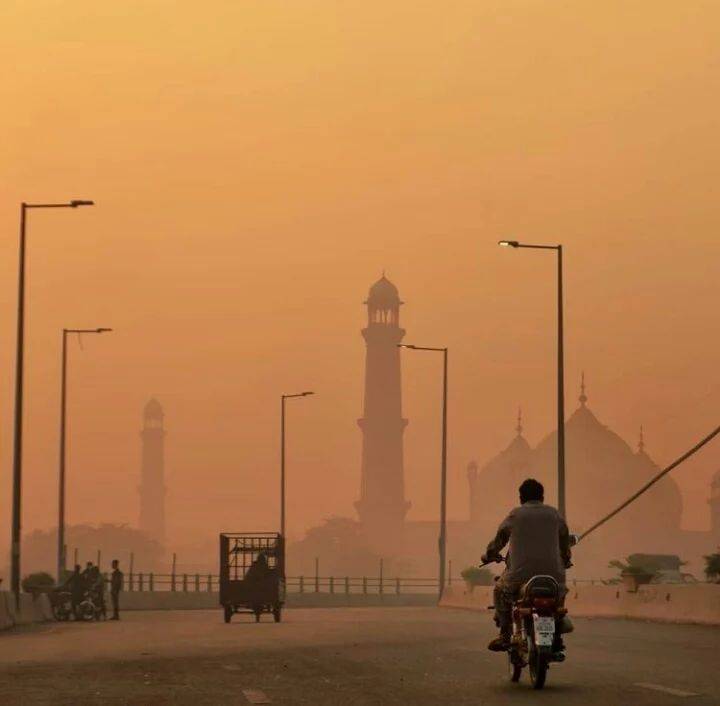The blistering heat wave in northwest India and Pakistan was made over 100 times more likely because of human-caused climate change, according to a new study published Wednesday by the United Kingdom’s national weather service.
The extreme temperatures, which began in March, have already set records in the region and have forced millions of people to change how they work and live. India experienced its highest March temperatures and third-highest April temperatures in 122 years of records, and Pakistan has experienced its hottest April on record.
The U.K. Met Office study estimated how climate change was increasing the chances of such heat events, using the region’s record-breaking heat event in April and May of 2010 as a benchmark.
Without accounting for climate change, the probability of exceeding a heat event like the one that occurred in 2010 would only be expected once every 312 years, according to the study. But accounting for the current effects of climate change, such record-breaking temperatures are now expected every 3.1 years. By the end of the century, the chances could increase to every 1.15 years, the study cautioned.
“Spells of heat have always been a feature of the region’s pre-monsoon climate during April and May,” said Nikos Christidis, the lead researcher of the study. “However, our study shows that climate change is driving the heat intensity of these spells.”
Air-coolers for sale in New Delhi, India, on Saturday, April 30, 2022. India is experiencing a heat wave, with the countrys average temperature reaching almost 92 degrees Fahrenheit (33 degrees Celsius) in March, the highest on record for the month since authorities started collecting the data in 1901.
Air-coolers for sale in New Delhi, India, on Saturday, April 30, 2022. India is experiencing a heat wave, with the countrys average temperature reaching almost 92 degrees Fahrenheit (33 degrees Celsius) in March, the highest on record for the month since authorities started collecting the data in 1901.
Anindito Mukherjee | Bloomberg | Getty Images
In India, the average maximum temperature in April was 35.30 degrees Celsius (95.5 degrees Fahrenheit), or just behind the 35.42 degrees Celsius (95.8 degrees Fahrenheit) in 2010 and 35.32 degrees Celsius (95.6 degrees Fahrenheit) in 2016, according to the Indian government.
The average maximum temperature in March was 33.10 degrees Celsius (91.6 degrees Fahrenheit), the highest average maximum in the past 122 years and slightly higher than the previous record seen in March 2010.
Temperatures also are reaching well above average this month. In recent days, temperatures in parts of India have reached 50 degrees Celsius (122 degrees Fahrenheit), while parts of Pakistan reached 51 degrees Celsius (123.8 degrees Fahrenheit) last Sunday.
The heat wave has eased since then, but maximum temperatures are likely to hit 50 degrees Celsius again in some areas, said Paul Hutcheon of the Met Office’s Global Guidance Unit.
Scientists will have to wait until the end of the month, when all the temperature records for April and May have been collated, to see whether this year’s heat wave will exceed the levels experienced in 2010.




